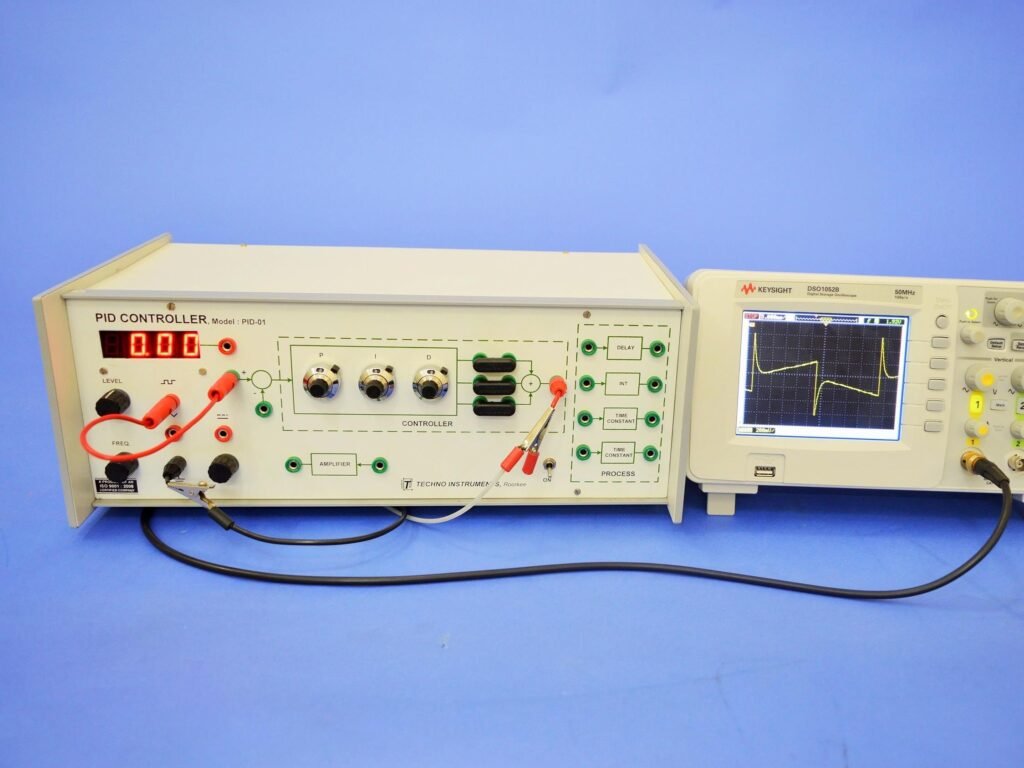Exploring the 22048101 pid: Understanding Its Significance and Applications
Introduction
In today’s rapidly evolving technological landscape, understanding various identifiers and their applications is crucial. One such identifier is the 22048101 PID. This unique PID (Process Identifier) plays a significant role in numerous systems and applications. In this blog, we will delve into the 22048101 PID, exploring its significance, uses, and why it stands out in the field.
What is 22048101 PID?
The 22048101 PID is a specific Process Identifier used in various technological contexts. A PID is essentially a unique number assigned to a process or application running in a computer system. This identifier helps in tracking and managing the process efficiently. The 22048101 PID is no exception; it has its unique applications and importance.
Applications of 22048101 PID
1. System Monitoring and Management:
In computer systems, the 22048101 PID is used to monitor and manage specific processes. System administrators rely on PIDs like 22048101 to ensure that processes are running smoothly and to identify any issues that may arise.
2. Debugging and Troubleshooting:
When a system encounters errors or malfunctions, PIDs such as 22048101 are crucial for debugging and troubleshooting. By tracking the specific PID, IT professionals can pinpoint the source of the problem and address it effectively.
3. Resource Allocation:
In complex computing environments, resource allocation is vital. The 22048101 PID helps in managing system resources by assigning and monitoring the resources used by a specific process. This ensures optimal performance and prevents resource conflicts.
4. Security and Access Control:
Security is a major concern in any system. The 22048101 PID plays a role in access control and security management by ensuring that processes are properly authenticated and authorized to perform their tasks.
5. Performance Monitoring:
Performance monitoring tools often use PIDs like 22048101 to track the performance of processes. By analyzing the data associated with this PID, administrators can gauge the efficiency of the process and make necessary adjustments.
How 22048101 PID Enhances System Efficiency
The 22048101 PID enhances system efficiency in several ways:
● Efficient Process Management:
By assigning a unique PID to each process, systems can efficiently manage and track the processes running at any given time. This prevents confusion and ensures that each process is handled appropriately.
● Streamlined Troubleshooting:
When issues arise, having a specific PID like 22048101 allows for more targeted troubleshooting. IT professionals can focus their efforts on the process associated with this PID, reducing the time needed to resolve issues.
● Optimized Resource Utilization:
The 22048101 PID helps in managing and allocating system resources effectively. By monitoring the resources used by processes associated with this PID, administrators can ensure that resources are utilized efficiently.
● Enhanced Security:
With the 22048101 PID, security measures can be applied more precisely. This PID helps in monitoring access and ensuring that processes operate within their authorized boundaries.
Real-World Examples of 22048101 PID Usage

To better understand the significance of the 22048101 PID, let’s look at some real-world examples:
1. Database Management:
In database management systems, PIDs like 22048101 are used to track and manage database processes. This ensures that database operations are carried out efficiently and without conflicts.
2. Server Administration:
For server administrators, managing multiple processes is a daily task. The 22048101 PID helps in identifying and managing specific processes running on the server, ensuring smooth operation and performance.
3. Software Development:
During the software development lifecycle, developers use PIDs such as 22048101 to test and debug applications. This PID helps in isolating specific processes, making it easier to identify and fix bugs.
4. Network Management:
In network management, PIDs are used to monitor and control network processes. The 22048101 PID helps in managing network traffic and ensuring that network processes are running efficiently.
Challenges and Considerations

While the 22048101 PID is invaluable in many contexts, there are some challenges and considerations to keep in mind:
PID Conflicts:
In some systems, PIDs can conflict if not managed properly. Ensuring that the 22048101 PID is unique and does not overlap with other PIDs is essential for smooth operation.
Resource Limitations:
Managing processes associated with specific PIDs like 22048101 requires adequate system resources. Ensuring that there are enough resources available is crucial for maintaining system performance.
Security Risks:
Unauthorized access to processes associated with specific PIDs can pose security risks. Proper security measures must be in place to protect the processes associated with the 22048101 PID.
1. Integration with Monitoring Tools
The 22048101 PID integrates seamlessly with various monitoring tools and systems. By providing a unique identifier for processes, it allows these tools to track and display real-time data about process performance, resource consumption, and operational status. This integration ensures that administrators can keep a close watch on specific processes and take timely actions based on detailed insights.
2. Facilitates Automated Process Management
Automation is a key component in modern IT environments. The 22048101 PID facilitates automated process management by enabling scripts and automation tools to interact with and manage specific processes. This automation can streamline routine tasks such as restarting processes, adjusting resource allocation, and applying updates, thus enhancing operational efficiency.
3. Supports Scalability in Large Systems
In large-scale systems where numerous processes are running concurrently, the 22048101 PID helps maintain order and organization. By providing a distinct identifier for each process, it supports scalability by ensuring that new processes can be added and managed without disrupting existing ones. This is particularly important in environments with dynamic and growing workloads.
4. Improves User Experience
For end-users interacting with applications and services, the smooth operation of processes is crucial for a positive experience. The 22048101 PID plays a role in maintaining this smooth operation by ensuring that processes are properly managed and optimized. This contributes to reduced downtime, faster response times, and overall improved user satisfaction.
5. Enhances Data Analytics and Reporting
Data analytics and reporting benefit greatly from the use of specific PIDs like 22048101. By tracking processes associated with this PID, organizations can gather detailed data on process performance, usage patterns, and system interactions. This data can then be analyzed to generate reports, identify trends, and make informed decisions for future improvements.
Conclusion
In summary, the 22048101 PID is a critical component in various technological systems, playing a vital role in process management, debugging, resource allocation, and security. Its unique identifier helps in tracking and managing processes efficiently, contributing to overall system performance and security. By understanding and utilizing the 22048101 PID effectively, system administrators, developers, and IT professionals can enhance their operational efficiency and address challenges more effectively. The 22048101 PID, with its unique applications and importance, stands as a testament to the intricate and essential aspects of process management in today’s technology-driven world.
FAQs
1. What is a PID, and what role does 22048101 play in it?
A PID (Process Identifier) is a unique number assigned to a specific process within a computer system to manage and track it. The 22048101 PID serves as a distinct identifier for a particular process, enabling system administrators and tools to monitor, manage, and troubleshoot that process effectively.
2. How can the 22048101 PID be used in system monitoring?
The 22048101 PID is used in system monitoring by allowing administrators to track the performance and status of the process associated with this PID. Monitoring tools can display real-time data, such as resource usage and operational status, to help ensure that the process runs smoothly and to identify any issues that may arise.
3. What are the common applications of the 22048101 PID?
Common applications of the 22048101 PID include system monitoring, debugging, resource allocation, security management, and performance tracking. It is used to manage specific processes, troubleshoot errors, allocate resources efficiently, and enhance security and performance in various computing environments.
4. How does the 22048101 PID contribute to automated process management?
The 22048101 PID contributes to automated process management by allowing automation scripts and tools to interact with and manage the specific process associated with this PID. This enables automated tasks such as restarting processes, adjusting resources, and applying updates, which streamlines operations and reduces manual intervention.
5. Can the 22048101 PID be used in large-scale systems, and how?
Yes, the 22048101 PID is useful in large-scale systems. It helps maintain organization by providing a unique identifier for each process, supporting scalability and management of numerous concurrent processes. This ensures that new processes can be added without disrupting existing ones, and aids in efficient tracking and administration in dynamic environments.





